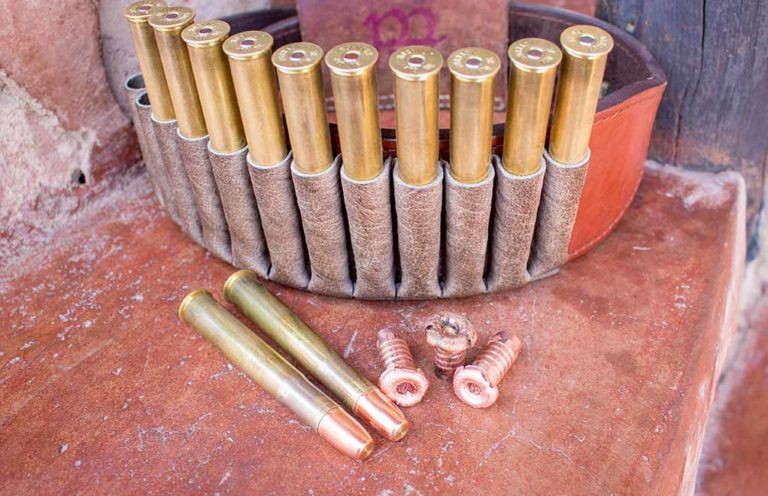
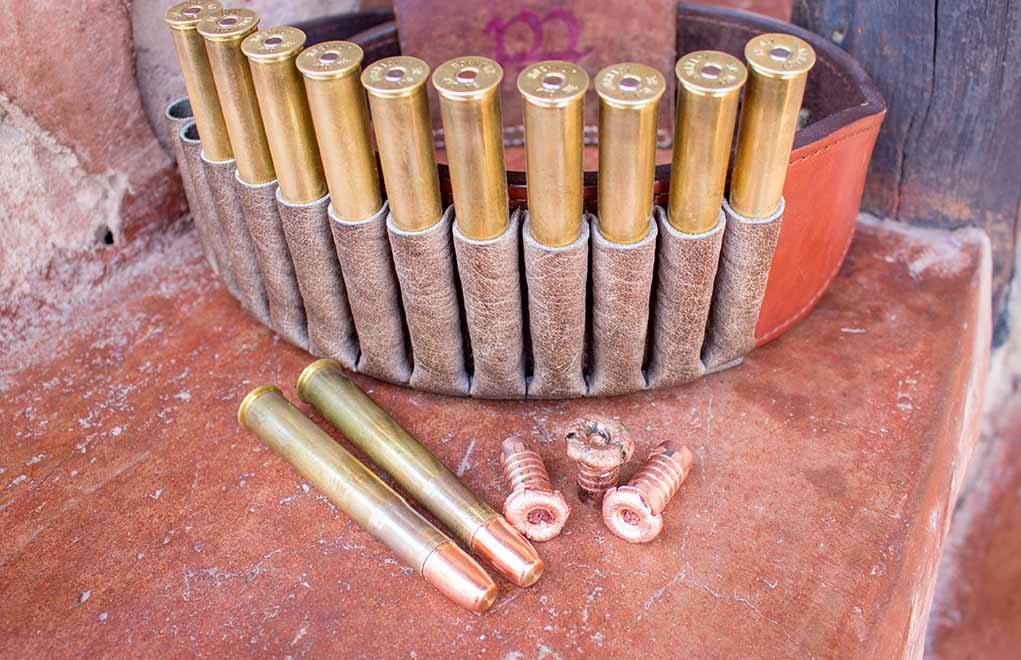
Bullet options for when aerial ballistics and terminal ballistics matter.
What Are The Bullet Options For Reloading:
If you take a few minutes to scroll through the component bullet section of any major retailer’s website, you can find a near-dizzying array of available projectiles. Which best suits your needs? With modern bullet designs (ballistic coefficient [BC] values keep getting higher), adding more choices to the mix for the hunter and shooter, there’s a huge selection from which to choose.
Target Bullets
For target rifle shooters, there’s much to be excited about. The Sierra MatchKing is still the benchmark, but the Tipped MatchKing gives the option of a polymer tip. Berger’s Extreme Outer Limits Elite Hunter series, although actually designed as a hunting bullet, makes a great long-range target bullet; they’re heavy for caliber and offer unprecedented BCs. They do require a faster-than-normal rate of twist, but for those serious about long-range shooting, they warrant an audition.
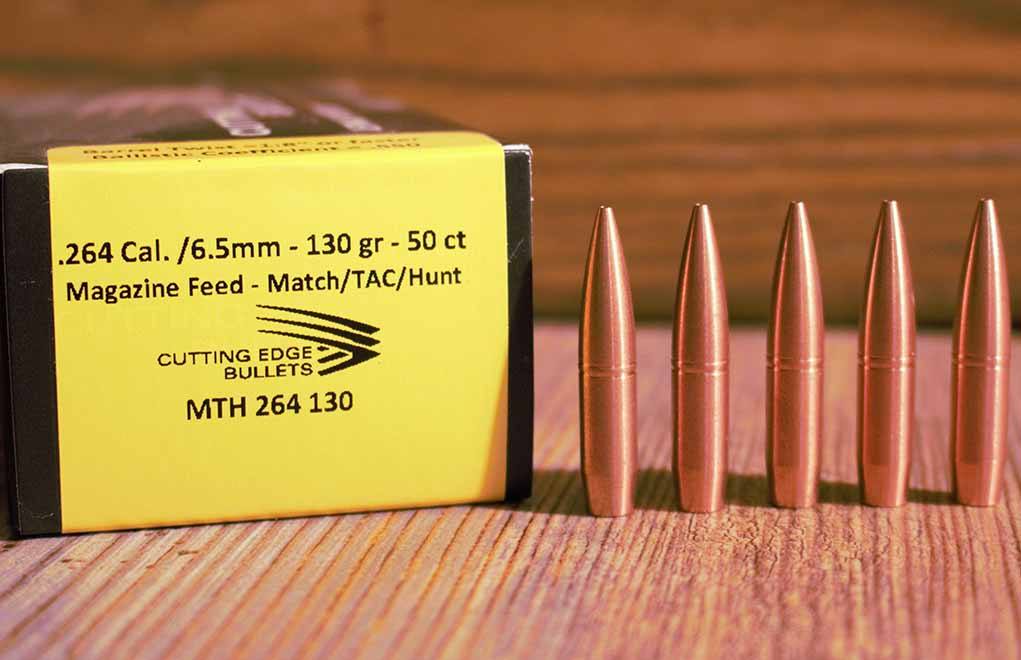
Hornady’s ELD Match is still a perfectly viable choice, as is Nosler’s Custom Competition. Cutting Edge Bullets offers its MTAC (Match-Tactical) lathe-turned, all-copper bullets in both standard configurations and a single-feed option for those loaders wishing to exceed standard cartridge overall length and the magazine length constriction.
The point is, with the popularity of long-range shooting, it can be fun to load up some match-grade bullets — just for the price of a box of projectiles.
Hunting Bullets
Hunting bullets continue to evolve, and the component bullets available to the reloader give us plenty to choose from. Don’t get me wrong: Classic bullets, such as the Sierra GameKing, Nosler Partition and Hornady InterLock, still work perfectly in a good number of situations, but there are almost more choices on the market than any one of us would actually have an opportunity to test in a lifetime of hunting.
There are many hunting bullets that will approach the accuracy potential of the match-grade target bullets, and that’s a good thing. I’ve had the Swift Scirocco II print under ½ MOA in some rifles, and the Hornady ELD X has been equally accurate. Nosler’s AccuBond and AccuBond Long Range have printed some amazing groups, as well as giving the terminal ballistics desired across a wide range of impact velocities. I also like the new Sierra GameChanger. While it’s nothing more and nothing less than the Sierra GameKing with a translucent green polymer tip, it has shot very well in my rifles.
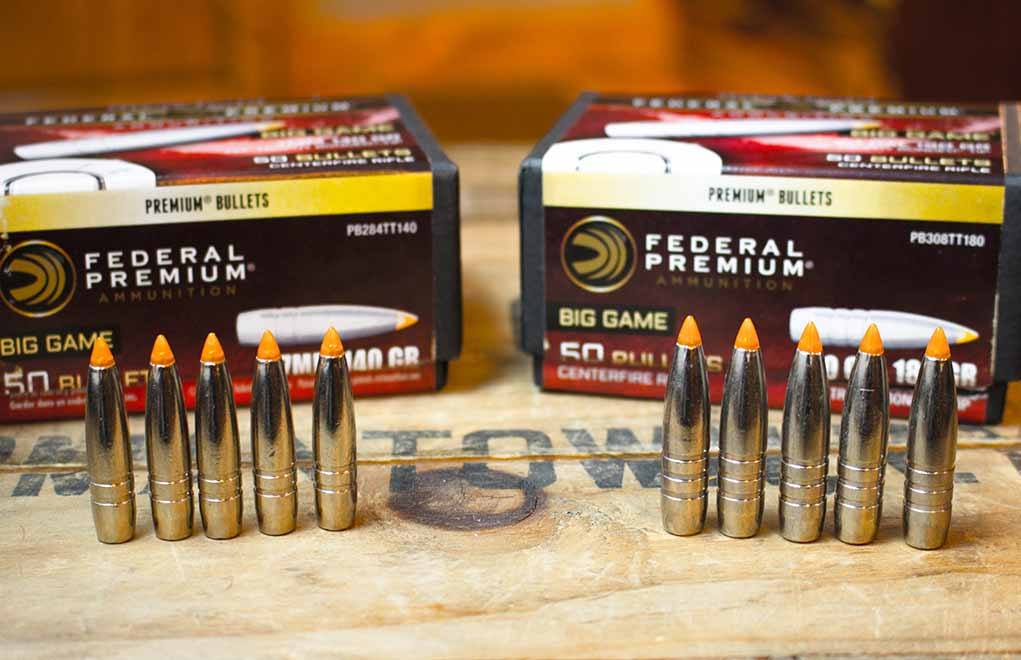
Federal has introduced many of its best designs available in component form, such as the Edge TLR and Trophy Bonded Tip, Fusion, and the Trophy Bonded Bear Claw and Trophy Bonded Sledgehammer solid. South Africa’s Peregrine Bullets has an intriguing lineup, offering a unique design that has served me very well in a number of calibers.
These are just a few of the designs that can make the choice so confusing.
A hunting bullet has to fill several roles. First, it has to be accurate enough to hit the animal where needed. Second, it needs to be tough enough to withstand a wide range of impact velocities. Third, it needs to expand enough to cause massive hemorrhaging, yet not so much that it will be stopped shy of reaching the vitals. The traditional cup-and-core design (a lead core inside a copper jacket) with a certain degree of lead exposed at the meplat to ensure expansion is still in use, and in moderate cartridges at common ranges, it will still work well.
Copper Considerations
The lead-free monometal designs — which started with the Barnes X — are required by law in some areas and continue to gain popularity. When loading these copper bullets, keep in mind that the center of gravity is located rearward in comparison to the lead-core designs, and that will keep the bullet weight on the lighter side. Unless the twist rate is increased, the longest bullets won’t be stabilized properly, especially in those designs with the longer ogives and higher BC values. Shorten the bullet’s length, and that issue can be resolved.
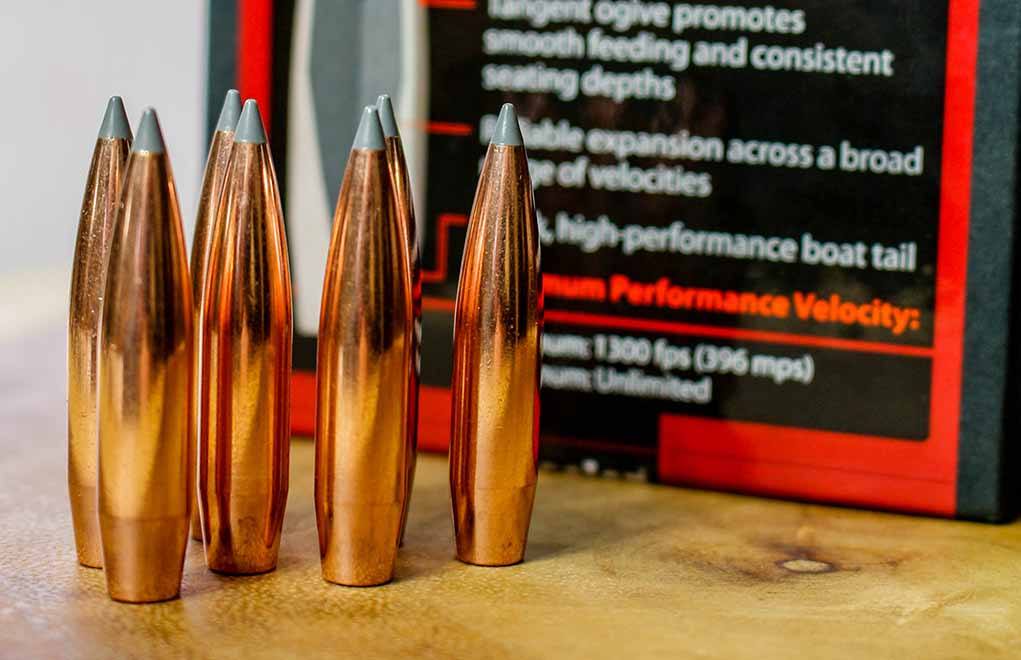
For example, the Peregrine BushMaster is an all-copper bullet with a flat meplat, using a brass plunger over a hollow cavity. Because air isn’t easily compressed, the brass plunger causes the bullet’s sidewalls to blow outward upon impact, giving reliable expansion every time. Yet, because of the conformation, Peregrine can usually offer its monometal at standard weights.
Load Up On Reloading Info:
- The Flexible And Forgiving .30-06 Springfield
- The .45 Colt: A Wheelgun Classic
- .300 Win. Mag.: The Answer To Most Hunting Questions
- Tips For Reloading the .223 Remington
I’ve used this bullet at 400 grains in both the .450/400 3-inch NE and .404 Jeffery, as well as the 500-grain bullet in my .470 double. Because they’re lathe-turned, the consistency is certainly there, and their design gives reliable terminal ballistics. Look at the Peregrine Plainsmaster or a Cutting Edge MTH (both have a boattail/long ogive configuration), and you’ll see the lead-free construction limits the useable weight in a standard-twist barrel. It’s just the nature of the beast.
Federal’s Trophy Bonded Tip and Trophy Bonded Bear Claw designs use a smaller lead core at the front of the bullet and copper shank at the rear, moving the center of gravity forward. The lead core is chemically bonded to the copper jacket, so both of these bullets can withstand the highest of impact velocities; however, especially in the case of the Tip, they will also expand at lower velocities further downrange.
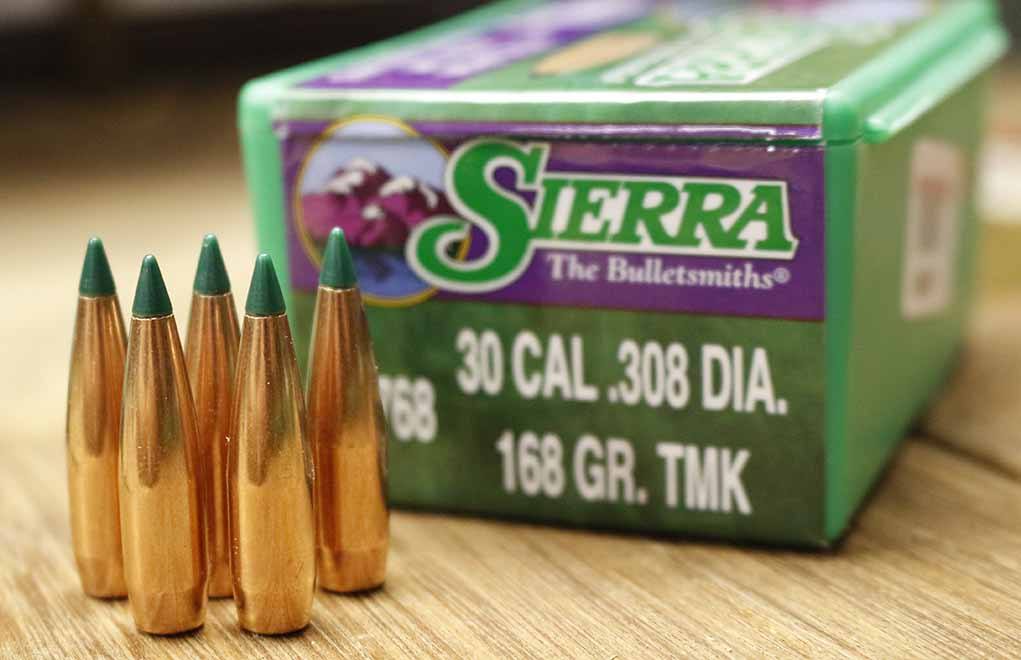
Federal’s Edge TLR takes the concept of a small lead core up front just a bit further, because it is engineered with the long-range hunter in mind. According to Federal, the Slipstream polymer tip helps give reliable expansion to velocities as low as 1,400 fps. I’ve used the Edge TLR bullet in factory loads, and while my shots were inside 200 yards, I’ve seen some recovered bullets from 400 yards that expanded just fine.
Narrowing the Field
So, for the hunting reloader, which of these designs will best serve you? That’s going to depend upon several factors, including your chosen cartridge, intended quarry and hunting distances. Read the reviews, look at photos of correlative upset bullets that have been recovered from game animals, and base your decision on real-world experiences. Ballistic gelatin will only tell part of the tale, but the hunting fields will show what happens to a bullet when it hits hide, bone and flesh from varying angles.
Find a bullet that meets your needs, research the correlative load data, and I’m sure you’ll have it shooting well before long. As a reloader, I find little else as satisfying as choosing a proper bullet for a particular hunt, developing a load in my rifle and placing it well on the animal I’m hunting.
Editor's Note: This article originally appeared in the May 2019 issue of Gun Digest the Magazine.

Next Step: Get your FREE Printable Target Pack
Enhance your shooting precision with our 62 MOA Targets, perfect for rifles and handguns. Crafted in collaboration with Storm Tactical for accuracy and versatility.
Subscribe to the Gun Digest email newsletter and get your downloadable target pack sent straight to your inbox. Stay updated with the latest firearms info in the industry.

![Best Concealed Carry Guns In 2025 [Field Tested] Wilson Combat EDC X9S 1](https://gundigest.com/wp-content/uploads/Wilson-Combat-EDC-X9S-1-324x160.jpg)


![Best 9mm Carbine: Affordable PCCs [Tested] Ruger Carbine Shooting](https://gundigest.com/wp-content/uploads/Ruger-Carbine-Shooting-100x70.jpg)
![Best AR-15: Top Options Available Today [Field Tested] Harrington and Richardson PSA XM177E2 feature](https://gundigest.com/wp-content/uploads/Harrington-and-Richardson-PSA-XM177E2-feature-100x70.jpg)
